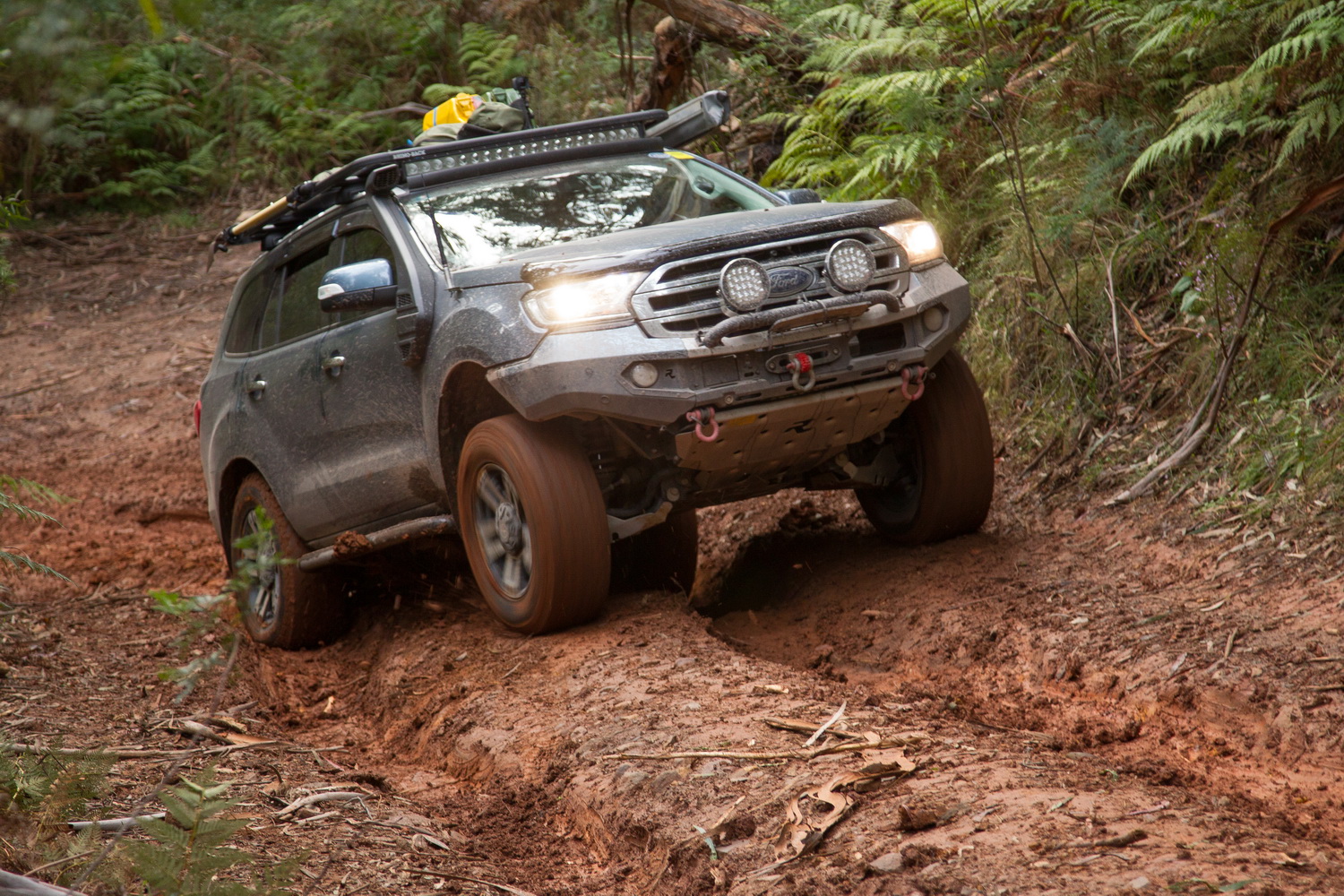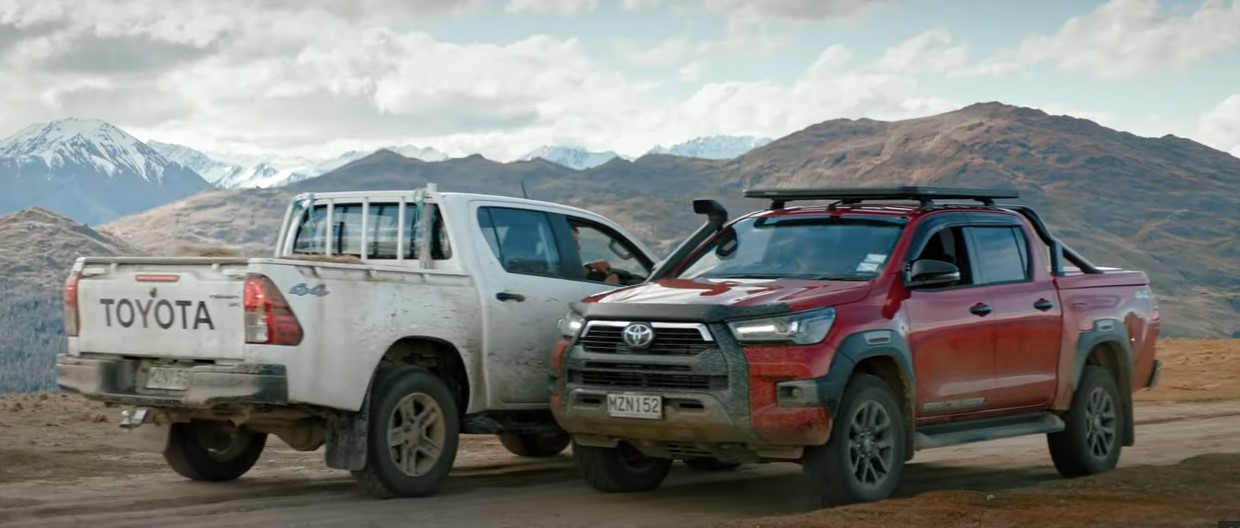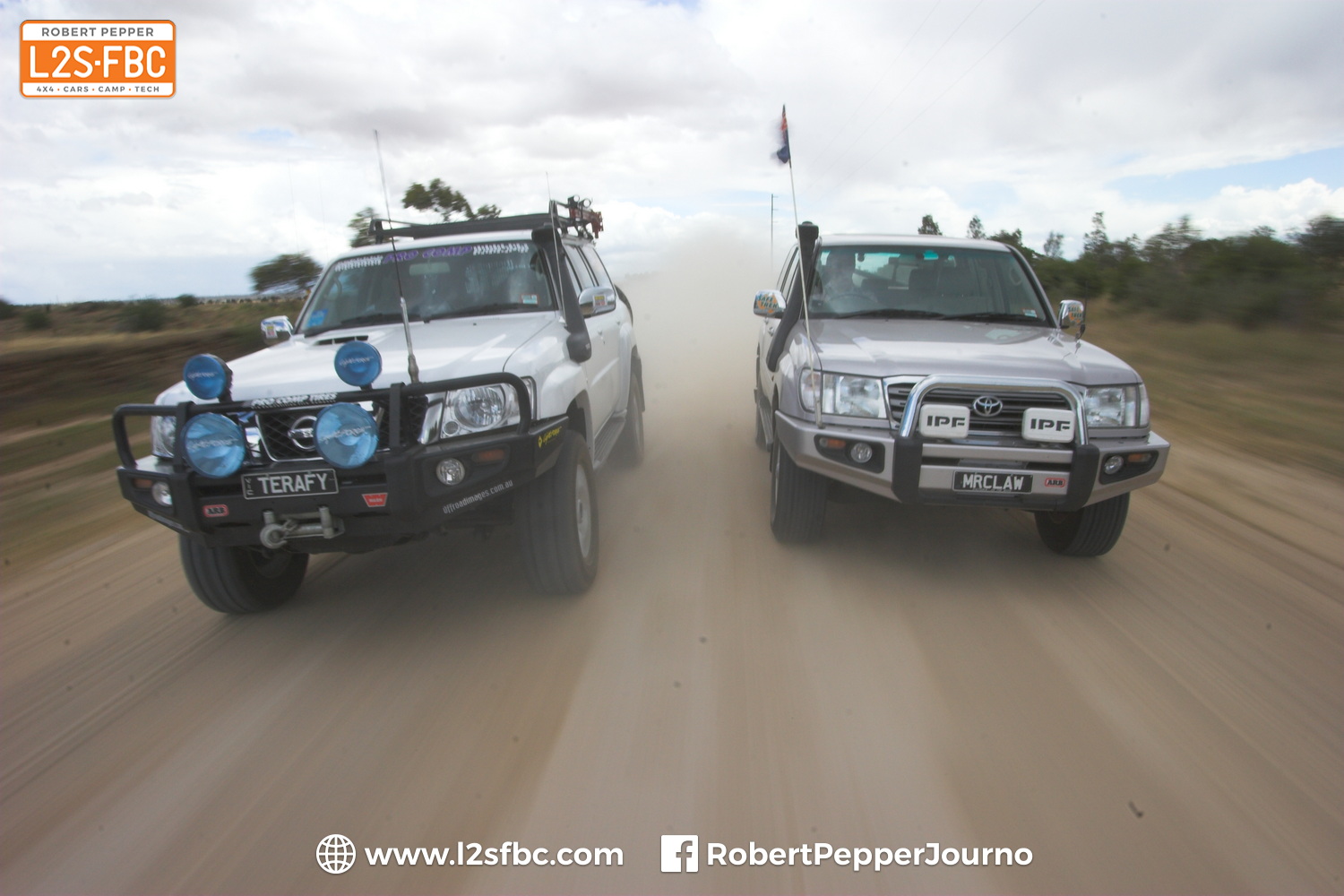
A cross-axle differential lock was the aid to have back in the day, but has its time passed?
BRAKE TRACTION CONTROL is a wonderful invention, braking individual wheels so vehicles can keep moving forwards. Toyota, VW and Land Rover have it down to a fine art, to the point where a conventional cross-axle locking differential (“locker”) is becoming less and less important. These days, I find the only advantage a locker has for those vehicles is slow, straight-line rock crawling.
The Everest is a bit different, as its brake traction control is not as effective as its peers. However, it has a factory rear locker which also keeps the brake traction control active on the front end, albeit not very effectively. Compare the Prado and Everest in this video:
So what happens if we add a front locker to the Everest? Same hill, different day..watch this:
An impressive difference. The problem before was that the Everest was simply unable to deliver torque to the wheels that had good grip when the locker was out. When the factory rear locker was engaged that fixed the rear, but the rear with grip didn’t have enough torque, hence no movement.
It is important to understand that this hill is a test of torque distribution more than grip. Mud tyres would have made no difference. If a wheel is on the ground and the car isn’t driving that wheel with the other in the air…no tyre design will help.
So should you buy a front locker? Possibly. This video showcases a specific situation where it helps. However, there are many situations where it won’t help or won’t be needed. Sand, for example – cross axle lockers don’t help in sand, particularly front ones as they restrict turning ability. The same is true of other slippery surfaces like mud or snow. And many times the existing traction systems on a vehicle will be sufficient. But a front locker is a handy extra bit of kit, and can turn a hard track into a medium, or a medium into an easy. It can’t hurt and may well help. We’ll explore this topic more in the future.


